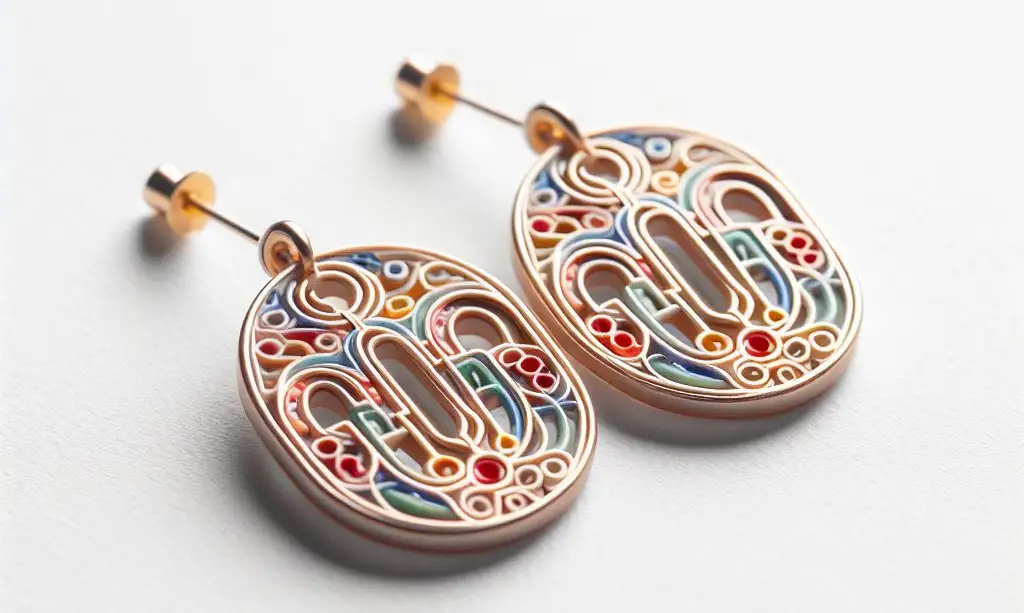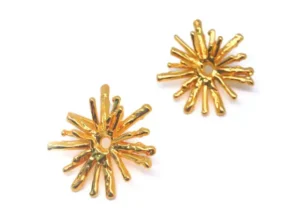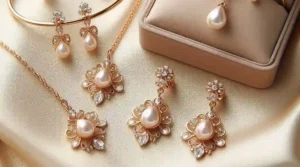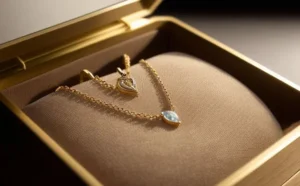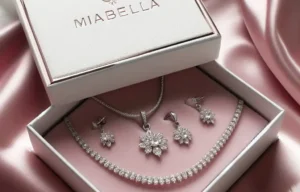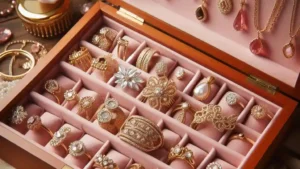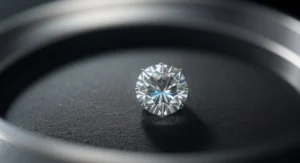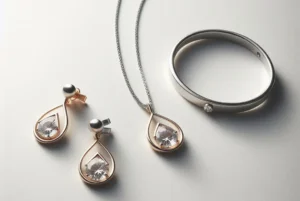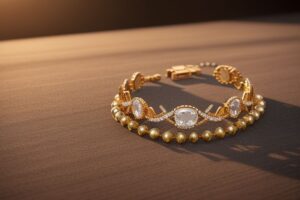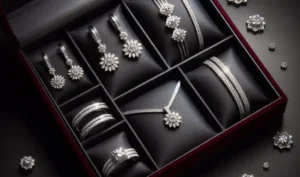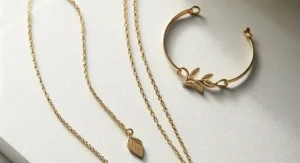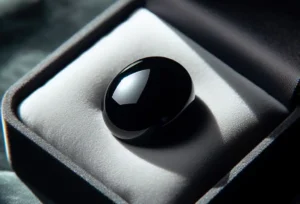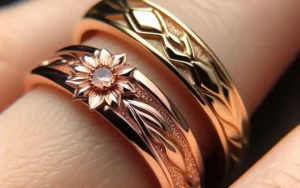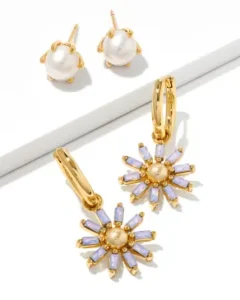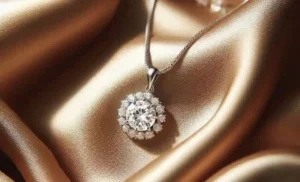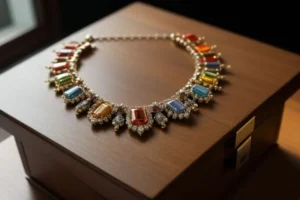Do Plastic Earrings Cause Infections? In fashion and personal adornment, earrings have always been a staple accessory, offering a splash of style and a hint of personality to any outfit.
Among these, plastic earrings stand out as a popular yet controversial choice. This brings us to an important question: Do plastic earrings cause infections?
Let’s delve deep into this topic and uncover the truth behind the myths and facts.
Do Plastic Earrings Cause Infection?
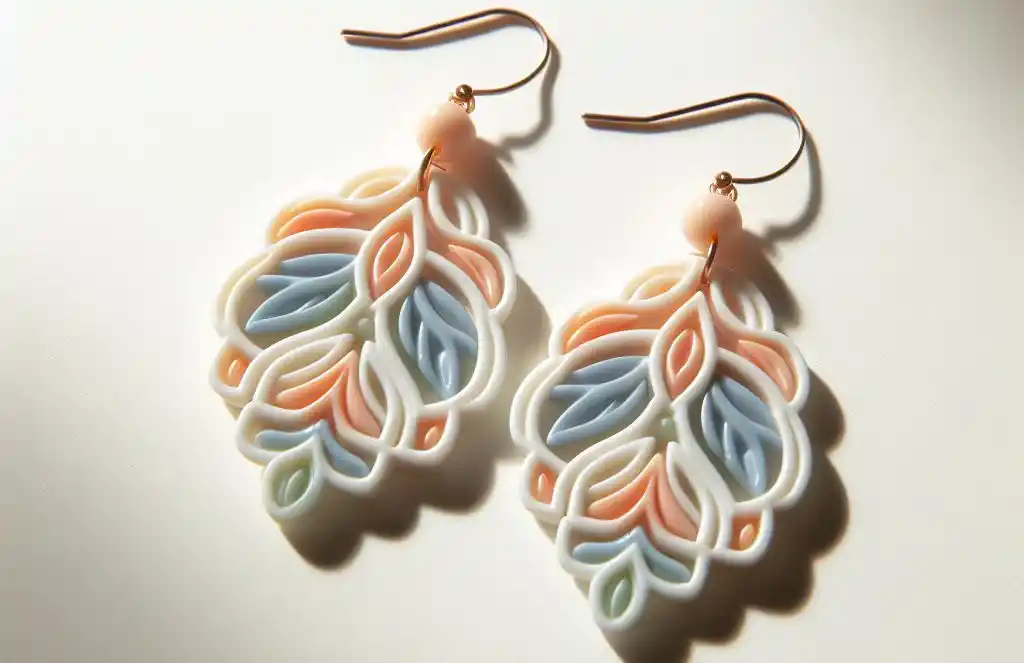
The direct cause of infection from wearing plastic earrings is not the plastic material itself but factors related to hygiene and the quality of the plastic used.
Infections can occur when bacteria are introduced to the piercing site, either through improper initial piercing techniques, inadequate aftercare, or the use of low-quality, allergen-containing plastics.
High-quality, medical-grade plastics are less likely to harbor bacteria or cause allergic reactions, thereby reducing the risk of infections.
It’s the cleanliness of the piercing process and ongoing care that are crucial in preventing infections, rather than the plastic material per se.
Understanding Ear Piercing Infections
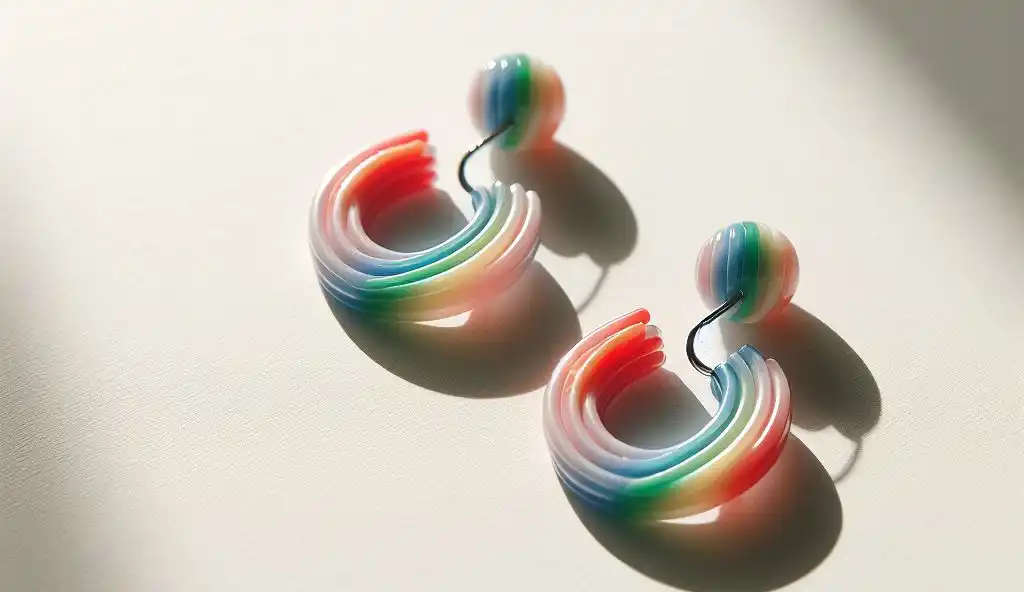
Ear piercing infections, while a concern for many, are typically the result of bacteria infiltrating the site of the piercing. These infections manifest through various symptoms such as redness, swelling, discomfort, and occasionally, discharge.
The likelihood of such infections is influenced by several factors, paramount among them being the technique employed during the piercing, the quality of aftercare provided, and how the individual’s body reacts to the piercing.
It’s essential to recognize that while the material of the earrings may have a role in the development of infections, the primary factors are often external to the material itself, such as the cleanliness of the environment where the piercing is done and the methods used to maintain the piercing post-procedure.
Effective prevention and management of ear piercing infections hinge on understanding these dynamics and implementing practices that minimize the risk of bacterial exposure and ensure a clean and conducive environment for healing.
The Nature of Plastic Earrings
Plastic earrings emerge from a diverse assembly of polymers, each bringing its unique characteristics to the forefront of jewelry design.
This array of materials allows for an unmatched level of creativity in colors, shapes, and textures, enabling designers to craft pieces that can complement a vast spectrum of personal styles and preferences.
Beyond their aesthetic appeal, plastics offer the practical advantage of being notably lightweight, making them comfortable for prolonged wear and suitable for individuals who might find heavier materials burdensome.
However, it’s crucial to distinguish between the various types of plastics utilized in earring production. While high-grade, medical-quality plastics are engineered to be compatible with human skin and minimize adverse reactions, not all plastics meet these standards.
Inferior quality plastics may not only lack durability but also pose risks due to potential chemical sensitivities or the presence of allergens.
Therefore, understanding the specific kind of plastic and its properties becomes essential for consumers seeking style and safety in their choice of earrings. This insight into the different polymers used in plastic earrings highlights the importance of informed selection in the pursuit of accessorizing with flair and health consciousness.
How Plastic Earrings Could Potentially Cause Infections
The risk of infection from plastic earrings largely depends on several critical aspects. Firstly, the quality of the plastic used plays a significant role. Earrings made from low-grade plastics might release harmful chemicals, leading to skin irritation or allergic reactions that could be mistaken for or escalate into infections.
Additionally, the porous nature of some plastics can present a challenge. These micro-pores can become breeding grounds for bacteria if the earrings are not meticulously cleaned and disinfected.
This scenario underscores the importance of selecting high-quality plastic earrings and adhering to rigorous hygiene practices. Furthermore, the design of the earring can influence risk. Intricate designs may harbor more bacteria than simple, smooth surfaces.
Wearers must understand these factors and take proactive steps in their hygiene routine to mitigate potential risks associated with plastic earrings. Regular, thorough cleaning of the earrings and the pierced area is indispensable in preventing the accumulation of bacteria and reducing the chance of infection.
Comparing Metal and Plastic Earrings concerning Infections
When delving into the discussion of infection risks between metal and plastic earrings, it’s essential to focus on material quality above all else.
Metals known for their hypoallergenic properties, such as titanium and surgical stainless steel, naturally provide a barrier against infections due to their non-reactive nature.
On the other hand, high-quality plastics, especially those designed for medical use, can offer a safe wearing experience if chosen with care. The distinction lies in each material’s ability to resist bacterial colonization and minimize allergic reactions.
Properly processed and finished metals and plastics can significantly reduce the potential for infection. However, the difference becomes apparent in the care and maintenance required.
Metals may require less frequent cleaning to maintain their inert qualities. In contrast, plastics, especially those of lower quality, might necessitate more diligent hygiene practices to prevent bacteria from settling into any micro-pores.
Ultimately, the safety of wearing either metal or plastic earrings comes down to selecting high-grade materials and adhering to strict cleanliness routines to safeguard against infection.
The Role of Hygiene in Preventing Infections
Maintaining impeccable hygiene is paramount in averting ear piercing infections, transcending the material of the earrings.
This preventative strategy entails diligently cleaning the pierced area with a saline solution regularly, a step that is crucial for both the healing process of new piercings and the ongoing care of established ones.
Additionally, it is important to ensure that hands are thoroughly washed before any contact with the earrings or pierced sites to prevent the transfer of bacteria.
The earrings themselves must also be sanitized and disinfected before insertion to eliminate any pathogens that could potentially cause infections.
These hygiene practices serve as a fundamental defense mechanism against the introduction and proliferation of bacteria in and around the piercing site, significantly minimizing the risk of infection and promoting a healthy healing environment.
Expert Opinions on Plastic Earrings and Infections
The consensus among dermatologists and piercing specialists is clear: the material of the earring, whether plastic or metal, does not inherently increase the risk of infection if it is highly quality and well-maintained.
These experts emphasize the significance of selecting earrings crafted from materials known to be safe and non-irritating to the skin.
Key to this is the choice of hypoallergenic or medical-grade plastics, which have been specifically designed to minimize adverse reactions.
Additionally, the rigorous practice of hygiene plays a crucial role in preventing infections. This includes regular cleaning of both the earrings and the piercing site with appropriate solutions.
It is the combination of these practices—careful selection of earring material and diligent hygiene—that experts advocate for in reducing the likelihood of infections and ensuring a safe wearing experience for individuals who prefer plastic earrings.
The Verdict: Are Plastic Earrings Safe?
When evaluating the safety of plastic earrings, it becomes clear that the material itself is not the sole determinant of risk. High-quality, hypoallergenic plastics, particularly those designed for medical applications, offer a safe option for wearers when combined with diligent hygiene practices.
The concerns surrounding plastic earrings largely stem from using low-grade materials, which may harbor allergens or release irritants, increasing the potential for infections or reactions.
However, the likelihood of encountering health issues is significantly reduced with careful selection focused on premium plastics and a commitment to regular, thorough cleaning of both the earrings and the piercing site.
Therefore, while the material does play a role in the overall safety of earrings, the emphasis should also be placed on consumer awareness and hygiene habits to ensure a positive and safe wearing experience.
This approach allows individuals to enjoy the aesthetic and comfort benefits of plastic earrings without undue concern for infections, provided the earrings are of high quality and properly maintained.
Recommendations for Safe and Stylish Plastic Earring Wear
To ensure the safety and style of your plastic earring wear, focus on sourcing earrings from trusted manufacturers known for their commitment to quality and hypoallergenic materials.
Prioritize purchasing earrings explicitly labeled as being made from medical-grade or hypoallergenic plastics, as these are less likely to cause irritation or allergic reactions.
Before the initial wear, it’s crucial to sterilize the earrings properly, even if they are brand new, to remove any potential contaminants they may have been exposed to during manufacturing or shipping.
Establish a routine care regimen for your piercings, including regular cleaning with a saline solution, especially after wearing your earrings for extended periods.
For individuals with particularly sensitive skin or those prone to reactions, conducting a patch test with the earrings or seeking advice from a dermatologist can provide additional reassurance.
Choosing earrings with simple designs can also minimize the risk of bacterial buildup in hard-to-clean nooks and crannies, further promoting ear health while allowing you to enjoy the latest trends in plastic earring fashion.
Where to Find Quality Plastic Earrings
Discovering retailers offering premium plastic earrings can be an exciting venture for those who value fashion and health. Numerous online platforms and specialized jewelry websites stand out as primary sources for these accessories, catering to a discerning clientele seeking hypoallergenic and skin-safe options.
Reputable brands often detail the type of plastics used in their products, such as specifying medical-grade or hypoallergenic polymers, which are pivotal for individuals prone to skin sensitivities.
Customer reviews, especially those from buyers with a history of allergic reactions or skin issues, can provide invaluable insights into the quality and safety of the earrings.
Additionally, artisanal marketplaces and craft fairs may offer unique, handcrafted pieces made with care and attention to material safety.
When selecting a source for your plastic earrings, prioritizing transparent vendors about their materials and manufacturing processes is crucial. This diligence ensures the allure of your accessories and their compatibility with your health and well-being.
Final Thoughts: Embracing Plastic Earrings with Confidence
Navigating the world of plastic earrings can seem daunting, but armed with knowledge and diligent care, it becomes an avenue for expressing personal style without compromising health. Selecting high-quality, hypoallergenic plastic earrings and committing to a robust hygiene regimen are pivotal steps in ensuring a safe adornment experience.
It’s about striking a balance—choosing accessories that speak to your aesthetic preferences while being mindful of the material’s interaction with your skin.
By focusing on quality, cleanliness, and attentiveness to your body’s responses, plastic earrings can be a delightful addition to your jewelry collection.
This mindful approach empowers you to explore the vast and vibrant options in the plastic earring market, enabling you to wear your chosen styles confidently and comfortably.
FAQs
Q: How often should I clean my plastic earrings?
A: Clean your plastic earrings before each use and after any prolonged wear. Regular cleaning is vital to prevent the buildup of bacteria.
Q: Can plastic earrings cause allergic reactions?
A: Yes, particularly if the plastic is of low quality or contains allergens. Opt for medical-grade or hypoallergenic plastics to minimize this risk.
Q: Are plastic earrings suitable for new piercings?
A: High-quality, hypoallergenic plastic earrings can be suitable for new piercings, but ensure the piercing site is fully healed and maintain strict hygiene practices.
Q: How can I tell if my plastic earrings are of good quality?
A: Look for earrings labeled as medical-grade or hypoallergenic. Reputable brands will often provide information on the materials used.
Q: What should I do if I suspect an infection from wearing plastic earrings?
A: Remove the earrings immediately, clean the area with saline solution, and consult a healthcare professional if symptoms persist or worsen.

